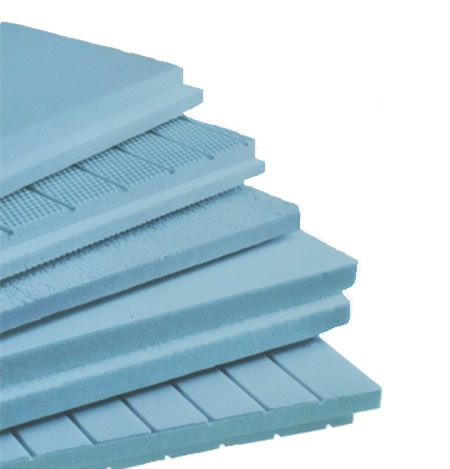Description
Polystrene, the raw material of XPS, is produced through the polymerization of styrene monomer which is an oil derivative. Polystyrene particles are turned into gel by adding some agents after going into the production line. Some blowing gas in added to this gel mixture during Extrusion procedure (HFC or CO2 is used as the blowing gas during XPS production).
This mixture is extracted in the required thickness along a line and under certain heat/pressure conditions. Material is produced in a homogenous way thanks to this production process performed under computer control and this adds a positive value to it.
A honeycomb-looking stable cell structure is obtained thanks to this production technology. Cells are connected to each other from their all faces and the air is detained in cells. The best ever known heat insulation is ensured with still dry air.
Application Areas
- It can be used on hipped roofs,
- Terrace roofs,
- Between walls,
- On external wall surfaces,
- Internal wall surfaces,
- Surfaces constituting a heat bridge,
- Floorings of the buildings,
- As well as many special projects and insulation details…
Features
- Its thermal conductivity coefficient is lower than other heat insulation materials.
- It has a closed pore cell structure.
- It has a high mechanical resistance (such as compression strength, yield strength and tensile strength etc.)
- It doesn’t absorb water; its freeze-thaw resistance is high even in water.
| Package | |||||
|---|---|---|---|---|---|
| Thickness mm |
Width mm |
Length mm |
Number of Sheets | Package m2 |
Package m2 |
| 20 | 600 | 1250 | 20 | 15,00 | 0,3000 |
| 30 | 600 | 1250 | 14 | 10,50 | 0,3150 |
| 40 | 600 | 1250 | 10 | 7,50 | 0,3000 |
| 50 | 600 | 1250 | 8 | 6,00 | 0,3000 |
| 60 | 600 | 1250 | 7 | 5,25 | 0,3150 |


Reviews
There are no reviews yet.